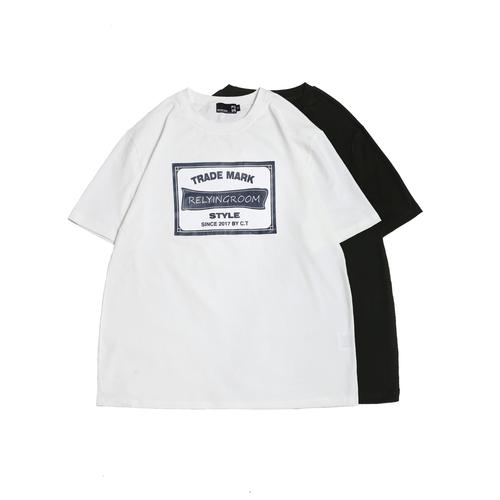Improving the efficiency of clothing production is the key to improving production efficiency and quality. The following are some tips to improve the efficiency of clothing production:
1. Properly plan the process: Before starting production, conduct detailed process planning and time allocation. Ensure that each process is carried out in a reasonable order and make reasonable time estimates based on the complexity and time consumption of the process. Reasonable planning of the process can avoid duplication, redundancy and wasteful operations and improve production efficiency.
2. Use the right number of tools: Make sure the work area is equipped with enough and appropriate tools and equipment. For example, sewing machines, scissors, needlework and other tools need to be kept in good working order and in sufficient quantities to avoid frequent replacement or waiting. Using professional tools and equipment can improve work efficiency and production quality.
3. Optimize cutting methods: Cutting is an important link in the clothing production process. By optimizing cutting methods, such as rationally utilizing fabric width, arranging optimal cutting patterns, and reducing waste and splicing, cutting efficiency can be improved. At the same time, the use of automated cutting equipment can also greatly improve the speed and accuracy of cutting.
4. Organize your work area efficiently: Keeping your work area clean and orderly can improve work efficiency. Arrange the required fabrics, parts and tools according to the frequency and order of use to reduce the time of searching and moving. At the same time, promptly clean up the waste materials and debris after cutting to ensure that the work surface is clean, which is conducive to the smooth progress of the next process.
5. Teamwork and communication: If it is a teamwork production scene, good teamwork and communication are also important factors to improve efficiency. Ensure that there is a clear division of work and communication channels among team members, and they cooperate with each other to avoid unnecessary delays and duplication of work.
6. Regular evaluation and improvement: Regularly evaluate the efficiency and quality performance in the production process, and make improvements and optimizations based on the evaluation results. Collect feedback and suggestions, make adjustments to problems and bottlenecks, continuously improve production processes and technologies, and improve overall efficiency.
These techniques can improve efficiency and quality in the clothing production process. However, different production environments and needs may require specific techniques and methods. Therefore, only by comprehensive consideration and flexible application according to the actual situation can the best production effect be achieved.






